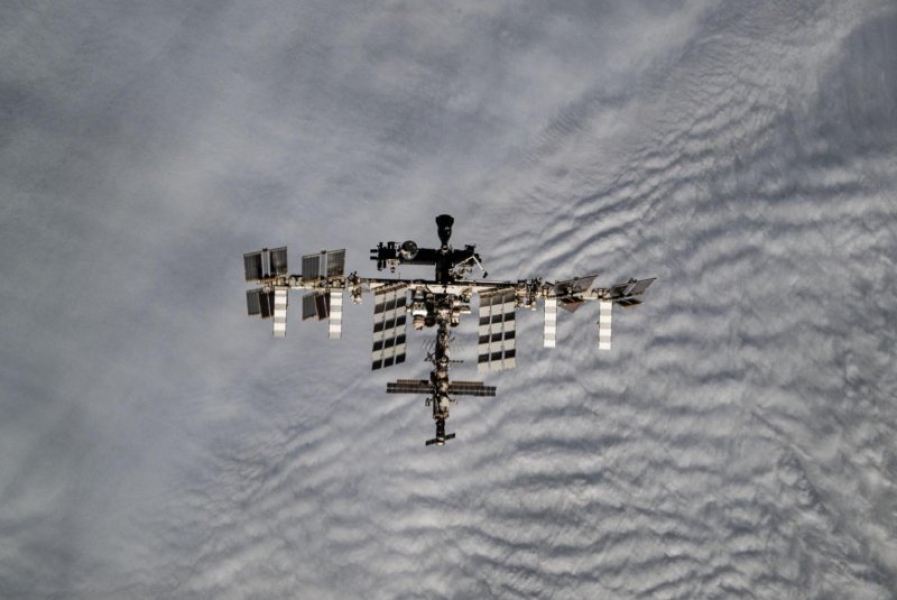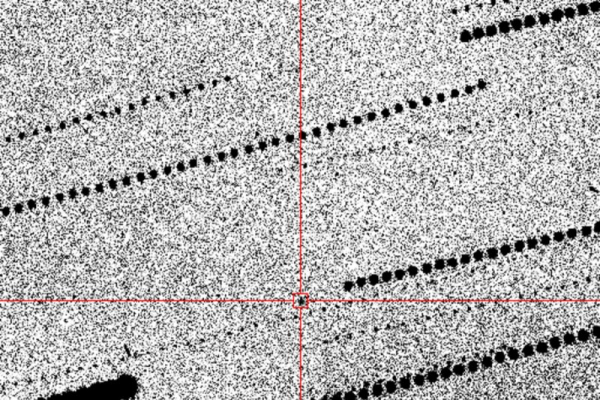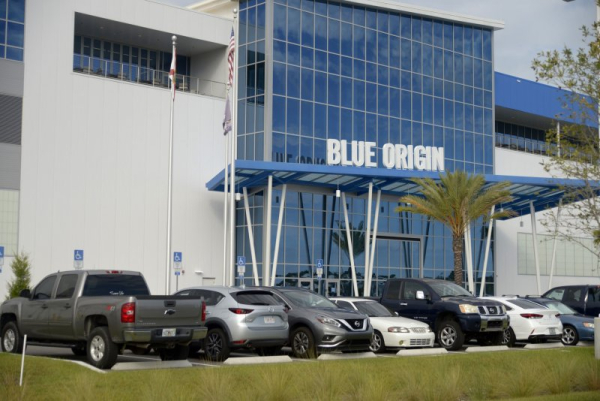
NASA officials plan to send two private missions to the International Space Station in the next two years and are seeking proposals to make the initiative a reality.
“We are at an exciting point in human spaceflight, opening up new horizons for access to space and building a vibrant commercial economy in low Earth orbit,” NASA ISS Program Manager Dana Weigel said in an online announcement Wednesday.
“NASA remains committed to supporting this expansion by leveraging our decades of experience to help industry gain the skills needed to train and manage crews, conduct research, and develop new missions,” Weigel added.
“Private astronaut missions are an important part of this effort, providing companies with hands-on opportunities to improve their skills and form partnerships that will shape the future of low Earth orbit.”
NASA officials eventually plan to establish a “persistent human presence” in low Earth orbit aboard the ISS, which orbits the Earth approximately 270 miles above its surface.
NASA has supported three private missions to the ISS orbital space laboratory over the past three years and plans to launch a fourth no earlier than May.
Axiom Space has successfully completed three previous missions and is preparing to carry out its mission this year, NASA said.
Each of the private missions includes a docking with the ISS for up to 14 days, with the mission duration depending on other planned operations on the ISS and the intensity of space traffic to and from it.
According to NASA, the ISS has been operational for more than 20 years and serves as “a critical test bed for NASA to understand and solve long-duration spaceflight challenges and expand commercial opportunities in low Earth orbit.”
NASA is accepting proposals from interested parties until 5:00 p.m. May 30.
Sourse: www.upi.com





